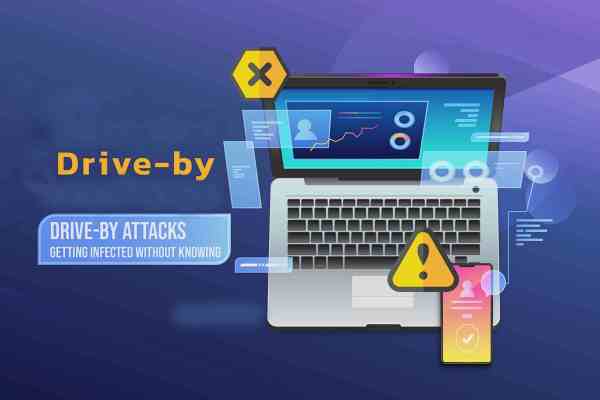Drive-by attacks, also known as ‘drive-by download’ is a cyber social threat that cybercriminals generate to surreptitiously sneak into your organisation’s data networks or to unload harmful viruses or malware in your systems.
Drive-by attack victims are initially lured into visiting infected websites through hidden links,text messages, emails, and other ways. Once a victim falls for the trap and visits the website, the aforementioned malware is downloaded onto their device, to devastating results.
Drive-by attacks, generally, are caused because of the employees’ negligence working in your organisation. Such attacks can be dealt with easily with advanced data security tools.
In today’s era of remote working, here’s what organisations and their employees can do to prevent or mitigate the impact of such cyber threats:
Block potentially harmful websites
Your employees must be strictly instructed to not visit shady websites or open random ‘lottery ticket victory’ links received via their emails or text messages. Such links are usually the triggers for drive-by attacks.
Secondly, your organisation must install premium website blockers or antivirus applications in your employee’s devices the day they join your organisation. Such tools can keep your workers from visiting shady websites and subsequently falling prey to drive-by attacks.
As a result, whether employees are working from their offices or remotely will be protected against such attacks.
Install Multi-factor Authentication systems
As we know, IAM is a crucial aspect of data security. So, your organisation must use two or three-stage authentication systems to safeguard your cloud databases and operational networks. Tightening log-in controls with contextually aware security systems will be like shutting the digital door on the faces of most cybercriminals.
The best solution to deal with such threats is a data security firewall system. As it is designed to continually monitor your organisation’s data networks for all kinds of cyber threats before handling them (if they appear) in a hassle-free way.
(This article is written by Sonit Jain, CEO – GajShield Infotech. The views expressed in this article are of the author.)

